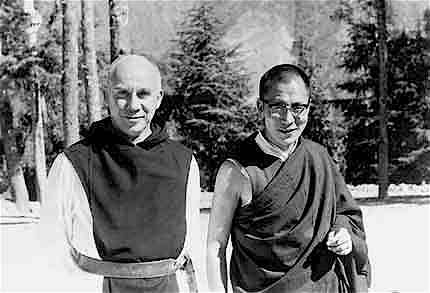by Thomas Larson
 According to Donald Trump, in a statement made to MSNBC’s “Morning Joe,” April 11, 2011, about the fake “birther controversy” of President Barack Obama—the opening salvo in Trump’s campaign of political disinformation—Obama’s “grandmother in Kenya said, ‘Oh, no, he was born in Kenya and I was there and I witnessed the birth.’ She’s on tape,” Trump went on. “I think that tape’s going to be produced fairly soon. Somebody is coming out with a book in two weeks, it will be very interesting.”
According to Donald Trump, in a statement made to MSNBC’s “Morning Joe,” April 11, 2011, about the fake “birther controversy” of President Barack Obama—the opening salvo in Trump’s campaign of political disinformation—Obama’s “grandmother in Kenya said, ‘Oh, no, he was born in Kenya and I was there and I witnessed the birth.’ She’s on tape,” Trump went on. “I think that tape’s going to be produced fairly soon. Somebody is coming out with a book in two weeks, it will be very interesting.”
And, according to Vox News, President Trump, two weeks after losing the 2020 November 3rd election, tweeted, “I won the election!” He had warned many times prior to the vote that the only way he would lose the election would be if it was rigged, and the only way he would win was if the election was fair, a remarkably trenchant conjuration of the Three Witches’ spell on Macbeth, “Fair is foul, and foul is fair.”
And, according to Chanel Dion of One America News and Trump legal team lawyer, Sydney Powell, software engineers in Michigan and Georgia (and in parts of 26 other states) contracted with Dominion Voting Systems, which has financial ties to Nancy Pelosi, Dianne Feinstein, George Soros, the Clinton Foundation, and the seven-years-dead Hugo Chávez of Venezuela, to make ballot-counting machines switch votes from Republican to Democrat presidential candidates or to leave out a prescribed number of votes for President Trump in Joe Biden’s favor. Read more »

